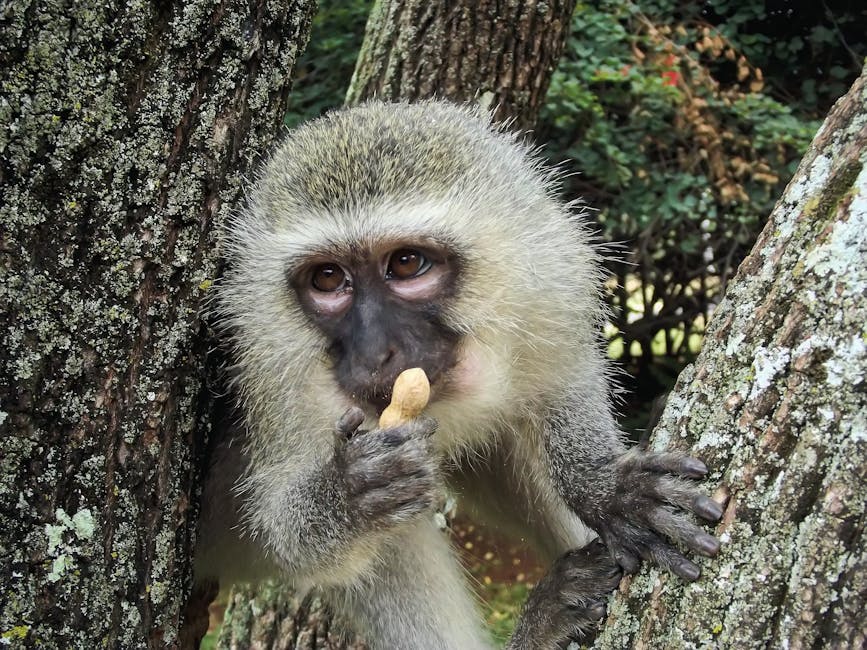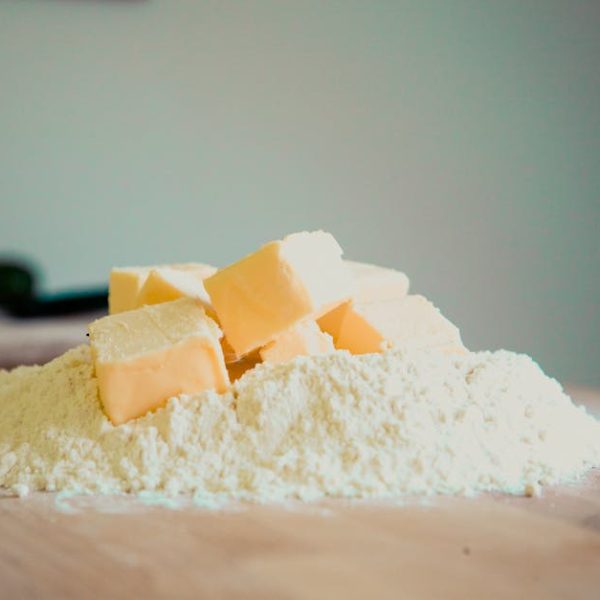Is there anything more iconic than a peanut? It’s a staple in everything from a humble peanut butter and jelly sandwich to elaborate Asian and African cuisines. But where did these small-but-mighty legumes originate, and how did they make their journey around the globe?
The Ancient Roots of Peanuts
Peanuts, or Arachis hypogaea, have been with us for thousands of years. Their story begins in South America, particularly within the ancient Peruvian cultures, where they were revered as a valuable source of nourishment. Incredibly, archeologists have unearthed peanut-shaped pottery and even preserved peanuts dating back 7,600 years in Peruvian archaeological sites, including:
- Huaca Prieta
- Nanchoc
- Casma Valley
These ancient associations with Peru hint at the peanut’s botanical characteristics that have made it an enduring food source. Unlike other nuts, peanuts grow underground as part of the plant’s root system, a unique trait resulting from their ‘geocarpy’ – a form of reproduction where the ovary or seed is buried in the ground.
Philologists hint that the Quechuan word for peanut means buried seed, demonstrating an early understanding of this unusual plant. Its propensity to grow in hot, dry climates made it an ideal food for the Andean cultures.
Peanuts’ Journey from South America
The small, nutrient-dense peanut quickly captured the attention of European explorers in the 15th and 16th centuries, travelling with them back to their homelands and beyond during the era of exploration and trade. The Portuguese brought peanuts to Africa, where they flourished due to similar growing conditions to South America.
In comparison, the Spaniards introduced peanuts to Europe, where they were then disseminated across Asia by the sophisticated trade networks of the era. There were even early methods of mass cultivation in the tropical, peanut-friendly climate of the Philippines.
The journey of the peanut is a testament to adaptability, as traditional farming techniques were customized per the unique conditions in each new region. For instance, in the drier regions of Africa and Asia-centred around irrigation and drought-resistant crops, a stark contrast to the rich, rainy South American climates where peanuts originally flourished.
Although peanuts were carried by African slaves to North America in the 17th century, their popularity didn’t take root until the late 19th century due to misconceptions about their cultivation and use.
The Rise of Peanuts in the United States
Believe it or not, peanuts weren’t always as beloved in the United States as they are now. As recently as the Civil War, their cultivation was limited and they were largely viewed as a food for the poor or for livestock. But a man named George Washington Carver changed all that.
Carver, a scientist and inventor, dedicated his career to finding new uses for the peanut, including as a crop rotation option for cotton, which restores nitrogen to the soil and enriches it. Later, John Harvey Kellogg (of cereal fame) popularized peanut butter. Major milestones include:
- The late 1800s: Peanuts become a popular snack at baseball games and circuses
- 1896: George Washington Carver begins his peanut research at Tuskegee Institute
- 1903: John Harvey Kellogg patents a process for creating peanut butter
- World War I and II: The wars contribute to a sizeable increase in peanut consumption as a cheap, nutritious food source for soldiers
In comparison to other regions, the popularity of peanuts in the US surged remarkably during the 20th century, gaining a cultural significance that continues today.
Peanuts in Modern Agriculture
Today, peanuts are a major player in the world of agriculture. China tops the list, producing around 16.7 million metric tons in 2020, followed by India, Nigeria, the US, and Sudan. Despite being a globally significant crop, peanut farming is not without its challenges, including pests and diseases, climate changes, and market fluctuations.
On the plus side, cultivated peanuts are a sort of super plant because they can grow in poor soil and arid conditions, enriching the soil with nitrogen. However, they also have a long growing cycle and are vulnerable to diseases such as the deadly aflatoxin, produced by a common fungus.
The Nutritional Benefits of Peanuts
Beyond their fascinating history and cultural significance, peanuts are incredibly nutritious. They’re packed with protein, healthy fats, fiber, and various vitamins and minerals. As a legume, they’re more closely related to beans and lentils than tree nuts like almonds or walnuts, but they’re typically categorized as a nut due to their similar properties.
When compared to other nuts and legumes, peanuts stand up well. They have more protein than any other legume or nut and contain more than 30 essential vitamins and minerals. Indeed, the humble peanut can play a starring role in a balanced diet, whether you enjoy it as peanut butter, roasted as a snack, or incorporated into meals.
Look out for more potential uses for this versatile legume, such as eco-friendly biofuels, which could contribute to a more sustainable future. As for the peanut’s journey? From the ancient ruins of Peru to the snack aisle of your local grocery store, it’s safe to say it’s been a wild ride. The peanut – it’s more than just a nut.
Key Takeaway:
- Peanuts, with their unique botanical characteristics, initially originated in ancient South America, particularly in Peruvian cultures, where they were highly valued as a food source.
- European explorers of the 15th and 16th centuries helped spread peanuts from South America to regions like Africa, Europe, and Asia, facilitating its growth with adapted farming techniques.
- The popularity of peanuts in the United States rose significantly in the 19th and 20th centuries, with key contributions from figures like George Washington Carver and John Harvey Kellogg.
- In modern agriculture, top producers of peanuts include China, India, Nigeria, the US, and Sudan, although peanut farming faces challenges like pest and disease management.
- Peanuts are a nutritional powerhouse, stacked with protein, healthy fats, fiber, and numerous vitamins and minerals, and can play an important role in a balanced diet.
As we navigate the history of peanuts, the cultural influence of this humble legume, its role in global agriculture, and its understated nutritional benefits become apparent. Though facing challenges, the peanut continues to be a vital crop worldwide. Keep enjoying the benefits of peanuts and appreciate its long journey from an ancient food source to a beloved modern-day delicacy.
FAQs
Q: What are some typical uses of peanuts aside from consumption?
A: Beyond being a staple food, peanuts are used in various other areas like oil production, making flour, livestock feed, and recently, as potential sources for biofuels.
Q: How did the peanut reach North America from South America?
A: Peanuts were brought to North America in the 17th century by African slaves. However, their popularity only took root in the late 19th century.
Q: How is peanut farming affected by the changing climate?
A: Peanuts generally grow in hot, dry climates. Changes in climate can lead to unpredictability in these conditions and increase susceptibility to pest attacks and diseases, posing challenges for peanut farming.
Q: What are some of the diseases that affect peanut crops?
A: Peanuts are susceptible to several diseases, one of the most serious being the contamination by a common fungus that produces aflatoxin, a potent carcinogen.
Q: What are the significant contributions of George Washington Carver to peanut cultivation?
A: George Washington Carver, a scientist and inventor, found new uses for the peanut, particularly as a crop rotation option for cotton. This helped to restore nitrogen to the soil and richen it, leading to increased popularity and cultivation of peanuts.
Don’t forget to share this insightful article and explore more fascinating posts on our website!






